Markets have been trading in a range for the past few months. Sankaran Naren, executive director and chief investment officer at ICICI Prudential AMC, told Puneet Wadhwa in a telephone interview that the “biggest risks” to markets are elevated valuations and large fundraising at “not-so-cheap levels”. Edited excerpts:
Would you say the recent GST reforms were a mini budget by the government? Has it exhausted its ammunition?
It was indeed a mini budget; one that was very positive, timely and much required for the economy. A consumption stimulus was needed, especially since many consumer-related sectors had slowed down. That said, the Indian macro economy remains in a good shape with GDP (gross domestic product) at 7.8 per cent, fiscal deficit at 4.4 per cent, current account deficit the lowest in 20 years at 0.6 per cent of GDP and inflation at its lowest since 2011, giving policymakers room for measures to boost growth. A step like GST 2.0 was both necessary and beneficial to give demand the much-needed boost.
Has greed taken over mindsets rather than investments based on market and economic fundamentals?
When you have a very strong macro environment and 12 consecutive years without negative returns, investors often underestimate the risks across various asset classes. That makes it harder to emphasise long-term discipline.
Do valuations in any segment — large, mid, or smallcaps — appear palatable at current levels?
We don’t see a bubble in Indian equities at this point. However, markets are not cheap either. The risks are clearly higher in mid and smallcaps compared to largecaps. Valuations, overall, have been a challenge for more than 18 months now, and that remains the case today.
What are the three biggest risks to Indian equity markets?
The biggest risk is elevated valuations and the large amounts of fundraising at not-so-cheap levels by different types of investors. Whether these risks materialise or not is uncertain, since trends can last long. The optimal approach, in such a scenario, is to practise asset allocation.
Is it time to pick consumption over capex, domestic economy over exports, or growth over value?
Simply choosing consumption over capex or growth over value does not solve the problem. The most important approach is asset allocation, i.e. being adequately diversified across asset classes. That is the only way to address the risks in the current market environment.
You have seen many market cycles. Does this one resemble any earlier period?
The current market cycle does not resemble earlier periods. Today, the macroeconomic situation is extremely strong, which was not the case in the past. The only issues now are valuations and continuous investor interest in fundraising. There are no macroeconomic concerns, just elevated valuation and continuous investor interest in all types of fundraising.
How do you as a fund manager pick stocks in the current markets?
We focus on managing downside risk, while also participating in the market since the extent or duration of the market up-move cannot be predicted. Some of the factors we consider are valuations, the company’s long-term prospects, quality of management, strength of the sector, stock liquidity, and ensuring diversification within the portfolio.
How should retail investors approach the markets?
Retail investors should focus on asset allocation rather than concentrating on a single asset class or theme. Diversification is key. At present, no asset class looks cheap. Investors should also keep moderate return expectations. Importantly, since returns over the past year have been muted, the markets today are relatively better placed than they were a year ago.


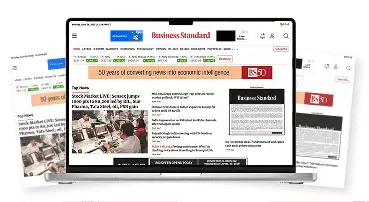

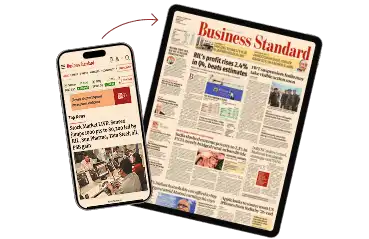
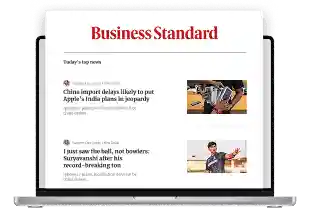
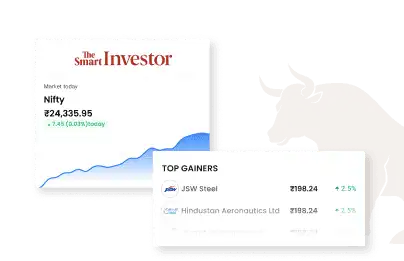


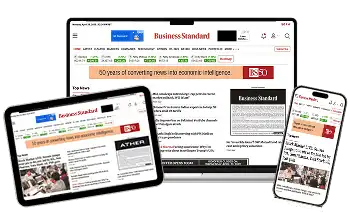
)

